Oarweed / Spring / Summer / Autumn / Edible
Other Common Names:
Tangle, Red Ware, Sea Girdle, Leath
Latin Name:
Laminaria digitata
Harvest Season:
April – October. As with all seaweeds, only take fronds that look healthy, fresh and free of infection, biofilm and other blemishes.
Habitat:
Kelps grow in dense kelp gardens/forests, usually just beyond the rockpool line such that they spend most of their time submerged.
Range and Distributions:
Found on most British and Irish coasts, as well as the Atlantic coasts of Europe.
Conservation Considerations:
While kelps are fairly common, make sure that you only cut the fronds from plants that are still attached to their rock, as they can live for 4-6 years and continue reproducing. They are quite sensitive to non-native species entering their ecosystem, but luckily seem to be less sensitive to temperature increases.
Physical Characteristics:
One of the kelps, oarweed, has a long brown stipe (stem) with a smooth texture and oval cross-section, which differentiates it with forest kelp and others. The fronds can be up to 2m long and form glossy brown fingers that join in a palm towards the stipe.
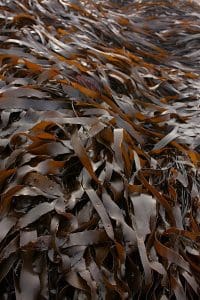
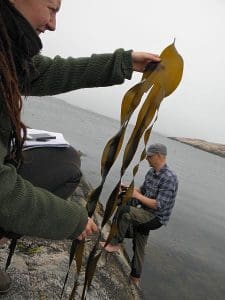
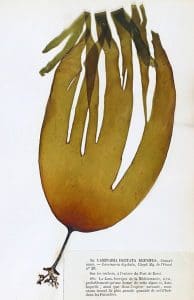
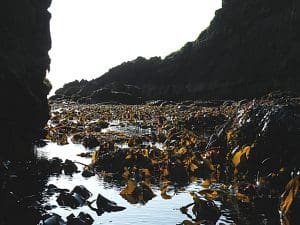
Could be Confused with, and Other Safety Notes:
Other Laminaria species like forest kelp are very similar, differing only in the texture and cross section of their stipe, which tends to be rougher in texture and circular in cross-section, and almost certainly has other seaweeds like dulse growing on it (epiphytes).
Edible Uses:
Seaweeds are incredibly high in iodine, which can change the balance of your thyroid if you have a preexisting thyroid condition or take thyroid medicines. Eat moderately.
Like most of the other seaweeds, oarweed fronds lend themselves to grilling, frying, baking, drying, powdering and adding to almost anything you can think of. People have definitely even tried adding them to chocolate, which probably creates a lovely flavoursome alternative to salty caramel. The fronds will snap when bent, meaning that while when fresh they are quite slimy with a layer of carbohydrate, they are not chewy, and therefore create a lovely mouthfeel. You could try using them as lasagne sheet substitutes, or make a powder for use as a soup and stew thickener. They will lend themselves well to chutneys, ferments and other preserves that need a natural source of sodium glutamate. Always eat in moderation – see the safety section above.
Medicinal Uses:
As with other seaweeds, oarweed is an amazing source of minerals and micronutrients many of us lack with modern industrial food. Clinically it might be used in skin conditions, hormonal imbalances and skeletal issues.
Extra Points, Tips and Fun Facts:
The number and size of the fronds indicates how exposed the kelp has been; the more and longer, the greater the exposure. Each plant can live for 4-6 years.



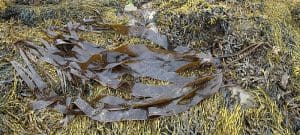

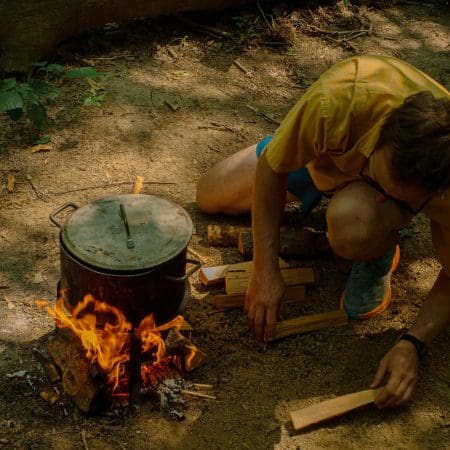

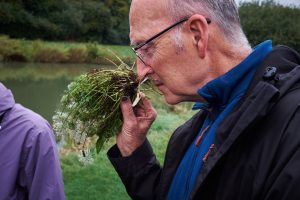
Leave a Reply
You must be logged in to post a comment.